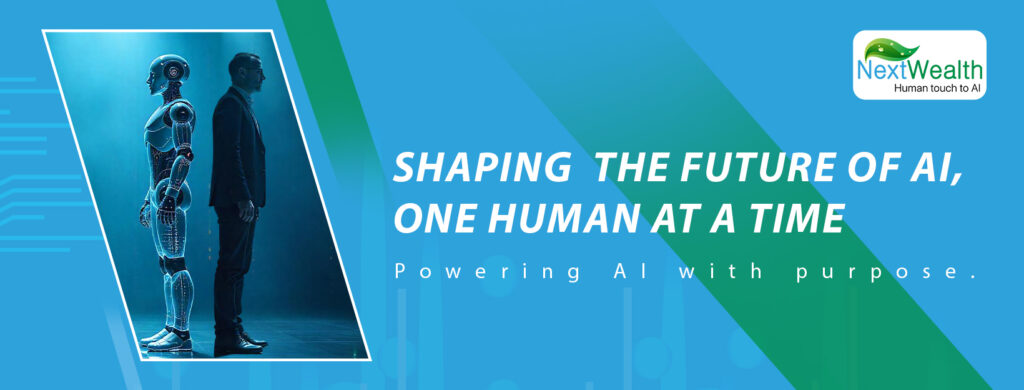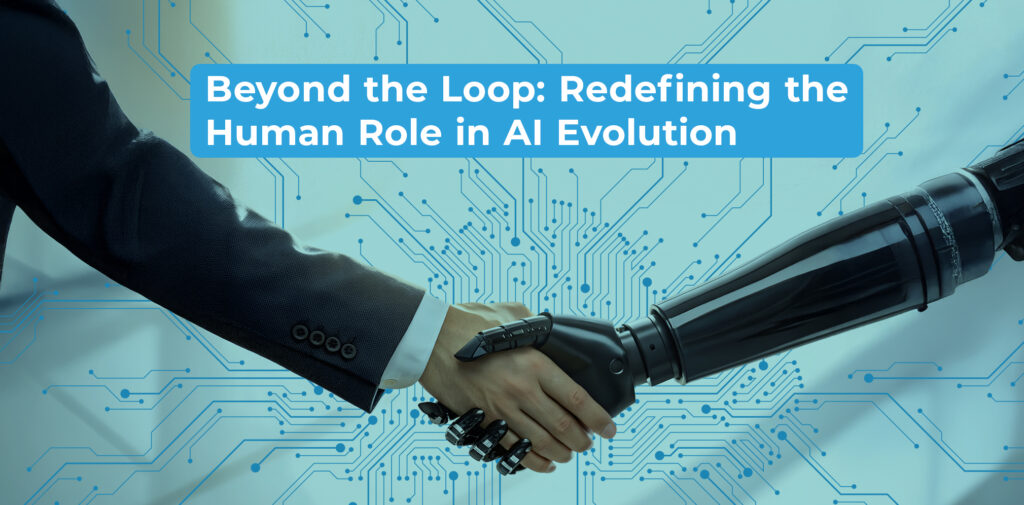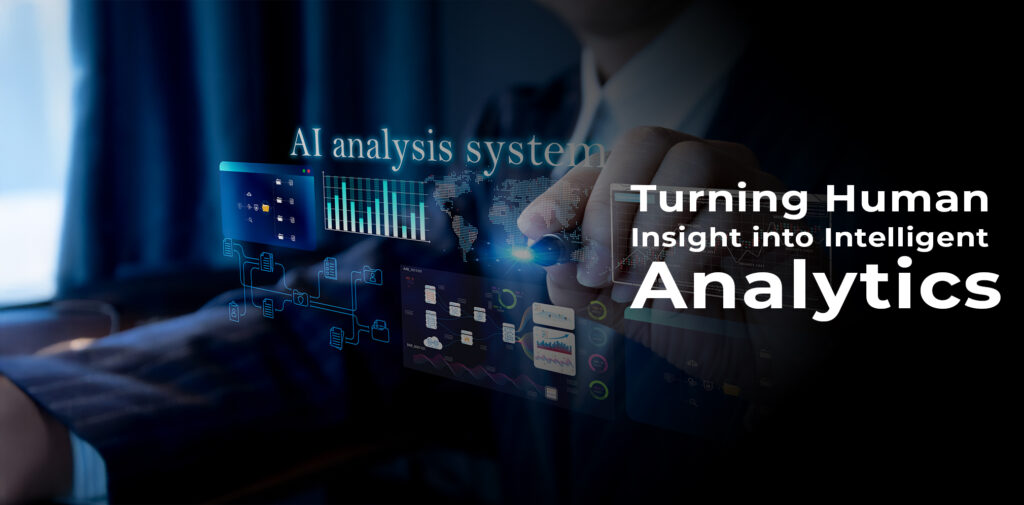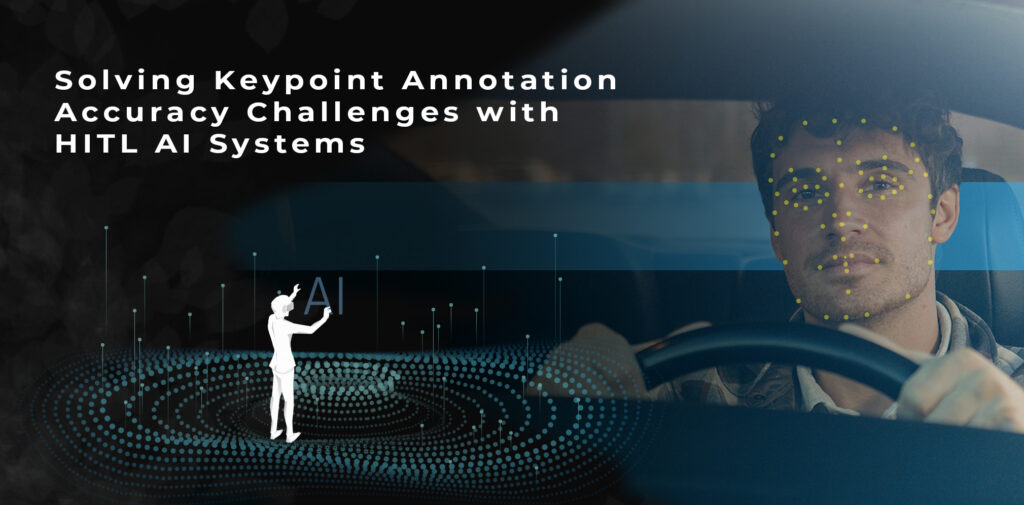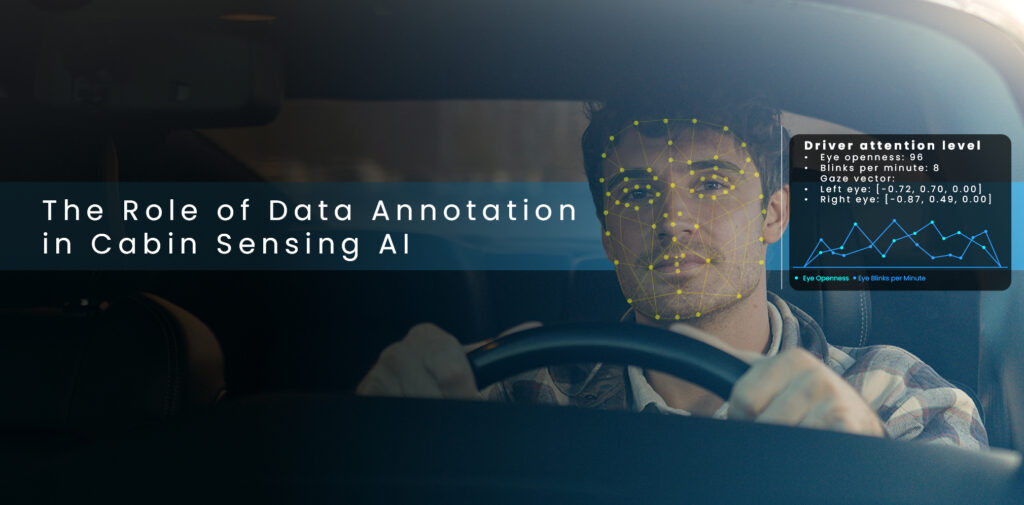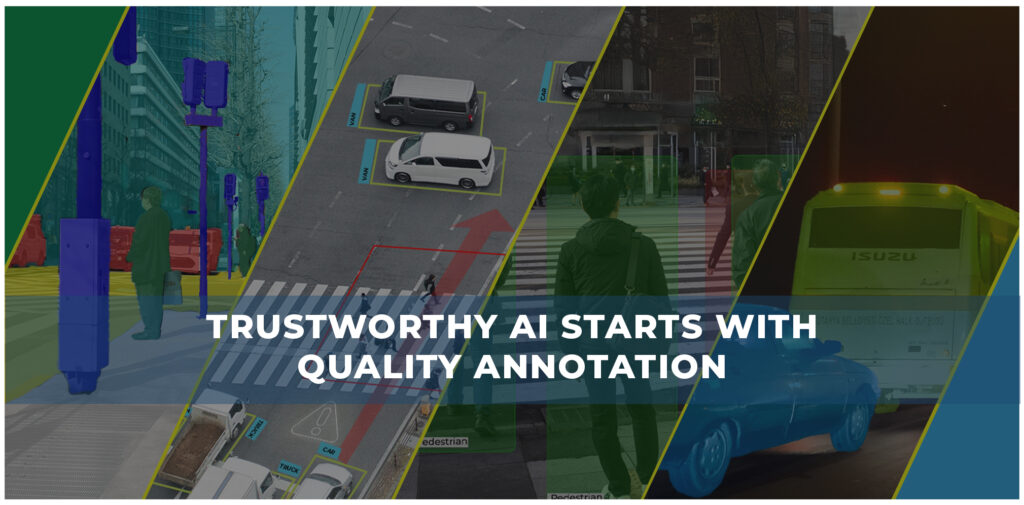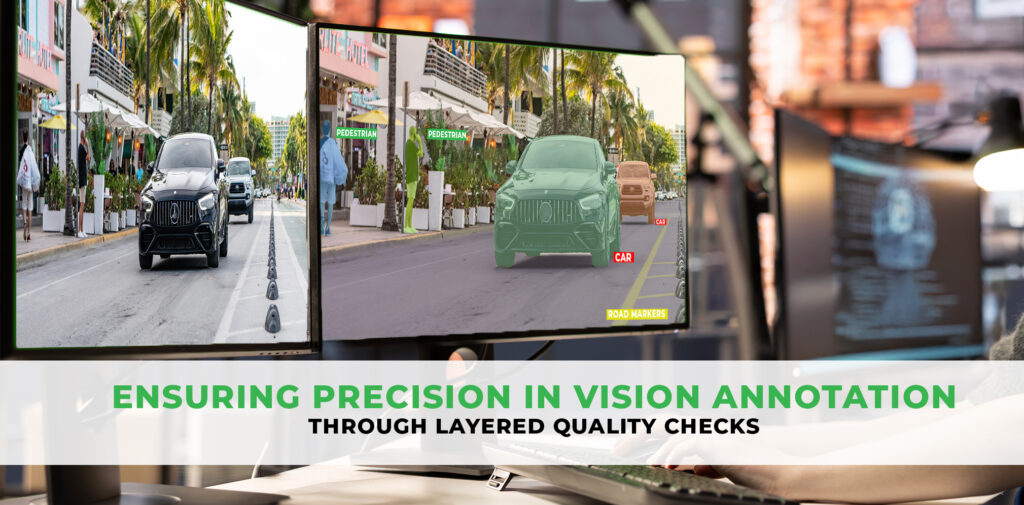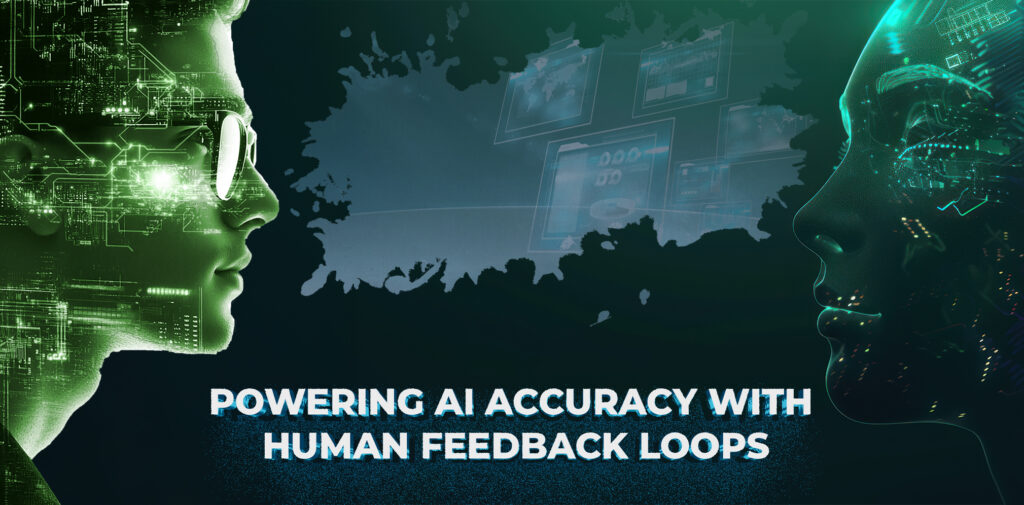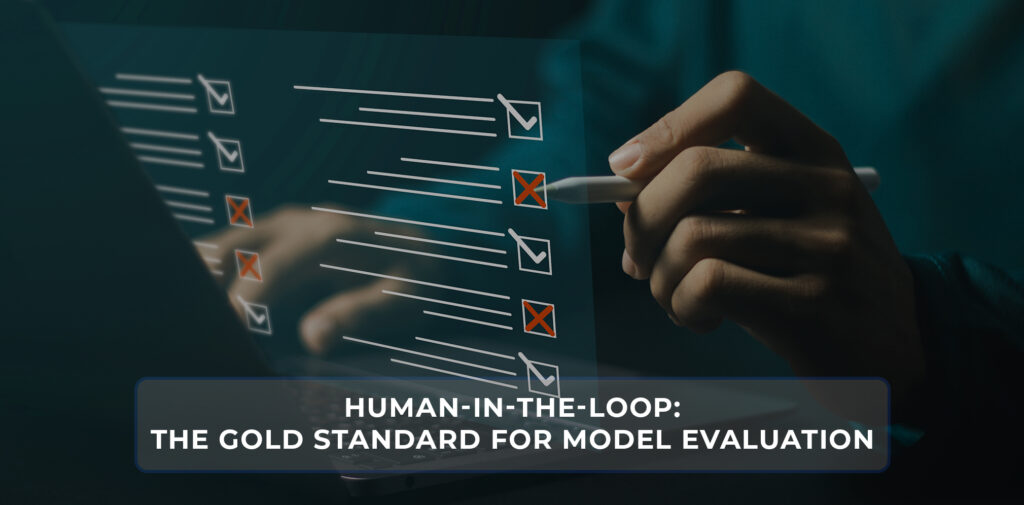Agentic AI: Foundations, Maturity, and the Framework for Reliable Enterprise Deployment
Introduction: The Shift from Prediction to Action Artificial intelligence is undergoing a quiet but profound shift. For the past decade, most enterprise AI systems have been designed to predict: classify a document, rank a lead, recommend an offer, generate a response. These systems operate within well-defined boundaries. They take an input, compute a prediction, and […]
Learn More





